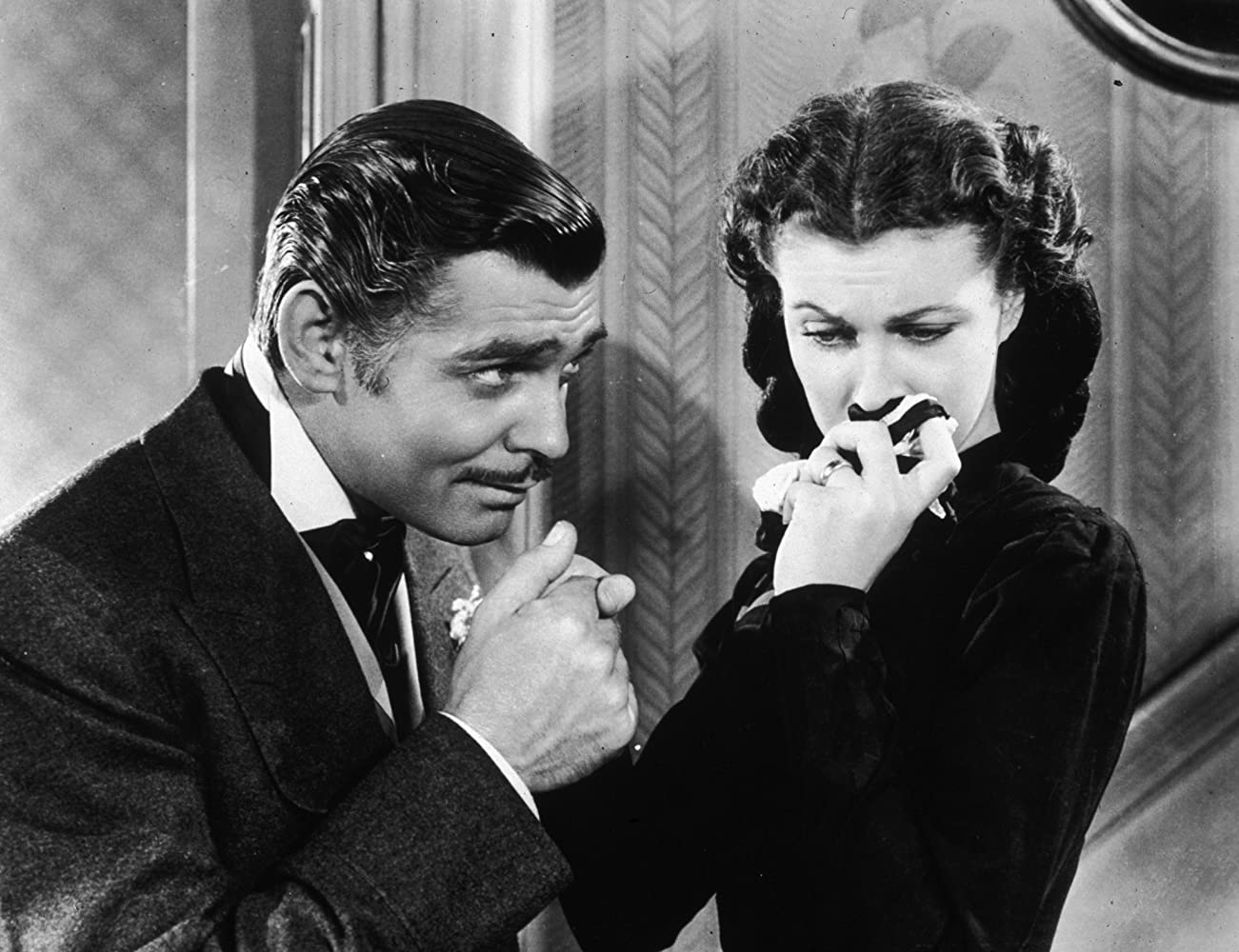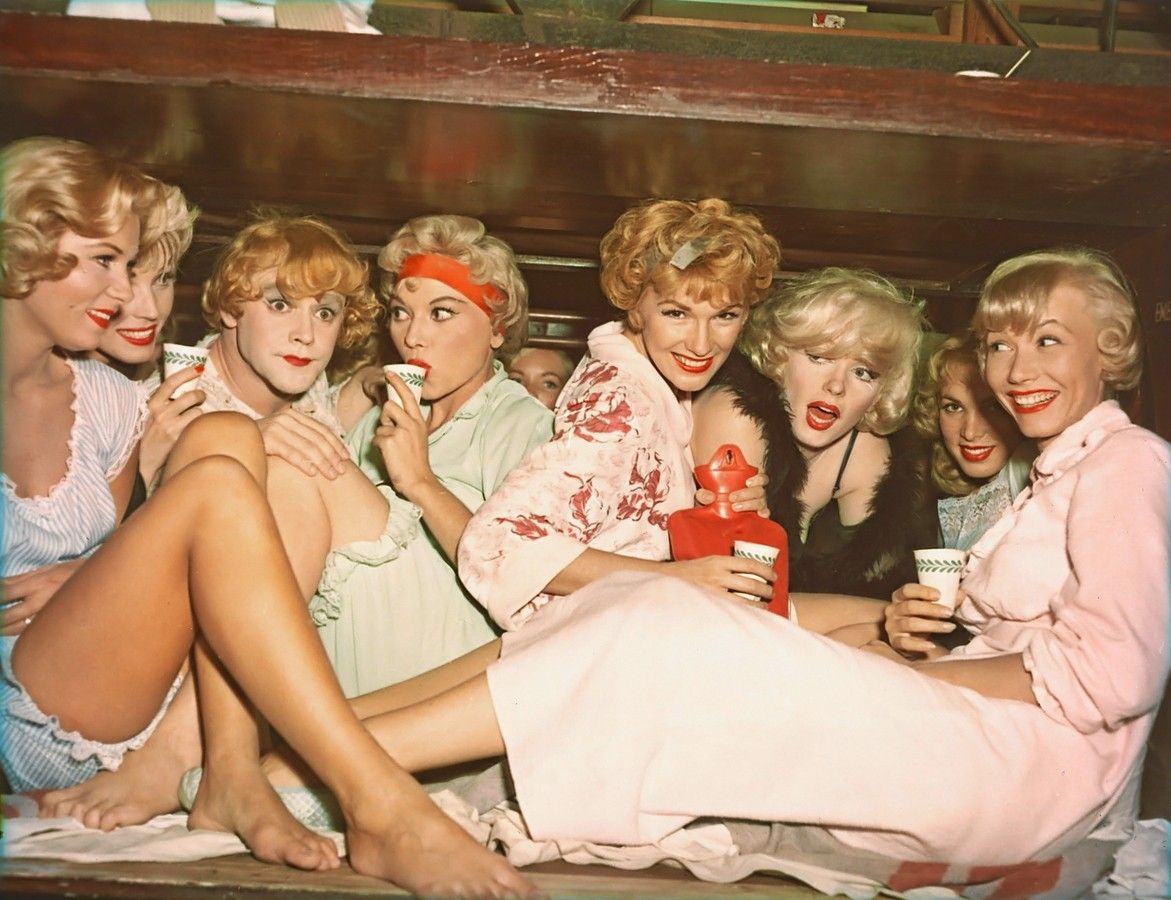By Leah Martindale, Film & TV Editor
Film classics are a tragically misunderstood element of the artform, and I plan on putting that to rights if it kills me. With the world grinding to a halt at the moment, it can be beneficial to take a look back once in a while.
As technology advances quicker than many of us can keep track of, with the capabilities of cinema extending far beyond imagination, it is easy to forget the wonders that lie behind us. As a film scholar, I’ve seen my fair share of shoddy ‘classics’, and at one point even fell foul to the misconception that older films are in some way inherently boring. Extremely odd? Many. Outdated? Often. But boring? Never.
| Classic films: The ones that got away
When the world looks back on the 2020’s - arguably the most chaotic decade opener in recent history - what will our films say about us? All art acts as microcosmic of its era, and cinema is no different. In fact, in its relatively short lifespan as arguably the newest artform, cinema has transcended expectations and performs in many ways as time capsules.
"Some Like It Hot is a film in service of the pleasure principle." I wrote about turning to the beauty and pleasures of SOME LIKE IT HOT lately for @vulture. https://t.co/OH54MbtBbY
— Angelica Jade (@angelicabastien) March 20, 2020
Of course, this often leads to unfortunate inappropriate moments, in a time before political correctness, and the occasional cringeably bad turn-of-phrase that even the biggest bigot would shudder at now. But without these moments - encapsulated in pulsating, tangible light, sound, and flesh - how could we truly look back?
I adore Some Like It Hot (1959) - it is one of my guiltiest pleasures. The film centres on Joe (Tony Curtis) and Jerry (Jack Lemmon), two musicians who escape mobsters by going undercover in dodgy drag in an all-women band. Here they meet Sugar Kane (Marilyn Monroe), the sexy, simpering, sauntering seductress that takes their journey on hilarious twists and turns.
When the world looks back on the 2020’s - arguably the most chaotic decade opener in recent history - what will our films say about us?
Lemmon and Curtis swagger in low budget cross-dressing costume in a piece that has divided gender studies in cinema since its conception. Monroe, perhaps Hollywood’s most misunderstood icon, stars as the mistreated and hypersexualised Sugar Kane in a role that mirrored her life with frightening clarity.
Monroe’s character is a little too close to the truth in many ways: the misled and mistreated borderline alcoholic performer who just wanted to be loved. Curtis’ character’s desperacy to bed her reflects unfortunately on the reality of the pair’s fraught friendship. Curtis claimed in his autobiography, published long after Monroe’s untimely death, that she was actually pregnant with and miscarried his baby during filming.
Despite all the drama and trauma surrounding the film and its production, it shines in its own respect. Some Like it Hot is littered with iconic one-liners - ‘I’m a man!’ ‘Well, nobody’s perfect…’ - and Monroe musical performances, including a cover of ‘I Wanna Be Loved By You’ - from the musical Good Boy.
When it feels like everything is falling apart around you, take a moment to look back and recognise exactly what has been achieved in the fraughtest of times
The film makes my belly ache with laughter and my heart flutter with romance. It is cringe-inducingly outdated at times and laughably aged at others, but its one constant is its iconography. There are countless Some Like It Hot-s through cinema history - films that could, would, and probably should, never be made in this age, but we are all quietly grateful were made once upon a time.

While technology ramps the arts into hyperspeed, there is a humbling element to seeing what was capable with a lot of talent, hard work, and very finite resources. Cinema classics are testimony to what passion can produce. When it feels like everything is falling apart around you, take a moment to look back and recognise exactly what has been achieved in the fraughtest of times.
| Fifties feminism, flirtiness, and fame in Breakfast at Tiffany’s
Hitchcock’s first film was made only four years post World War I,Gone With the Wind(1939) and Double Indemnity (1944) were filmed during World War II, thousands of films were made in the year following 9/11. We can get through anything, and the evidence is there in black and white - and sometimes colour.
To all fans of culture, of history, of society, I implore you: watch an old film, and see what you find. I guarantee you there is more than meets the eye to these black and white beauties.
Featured: IMDb
what golden oldies will you be watching on repeat in the coming weeks?









